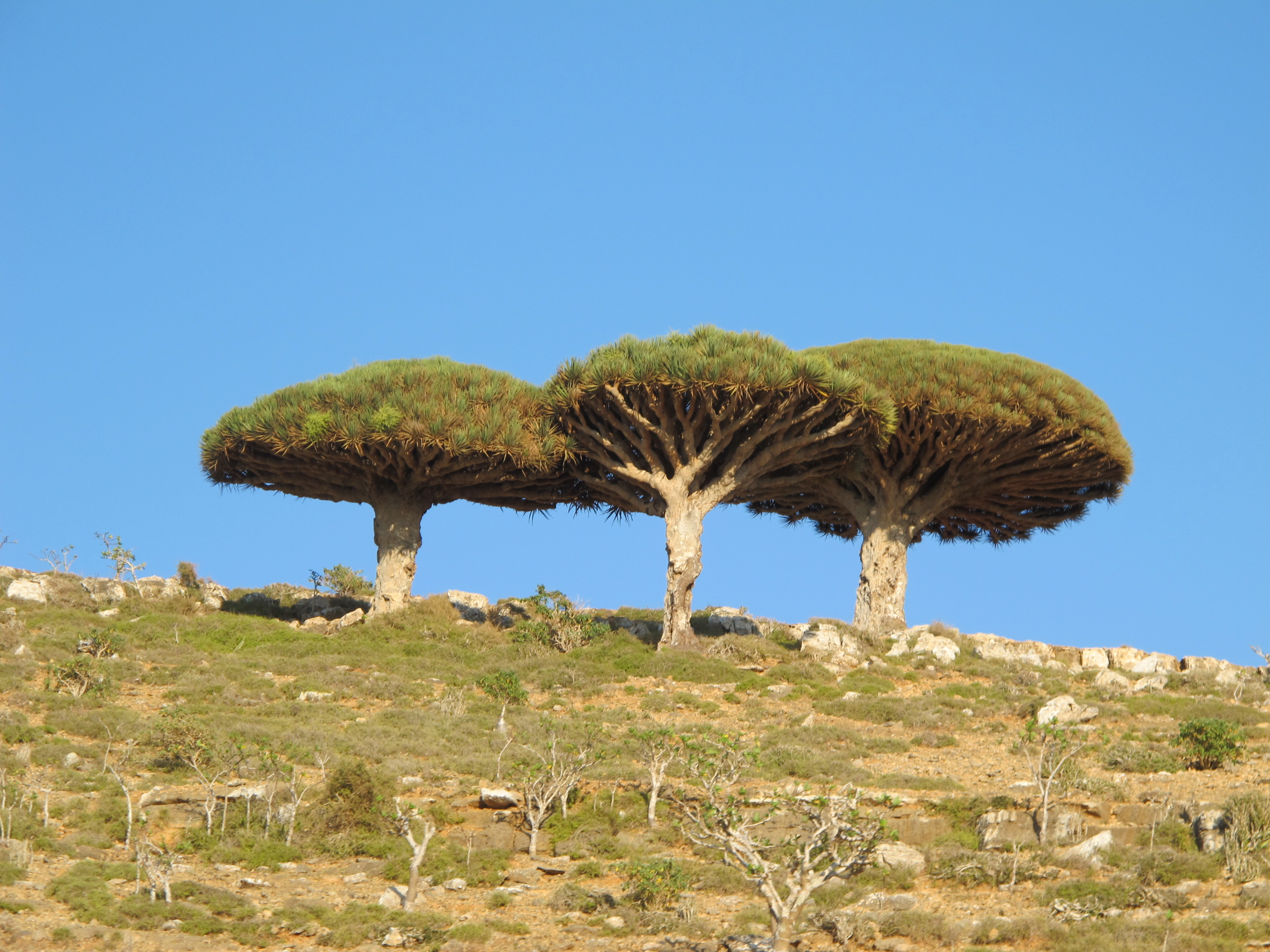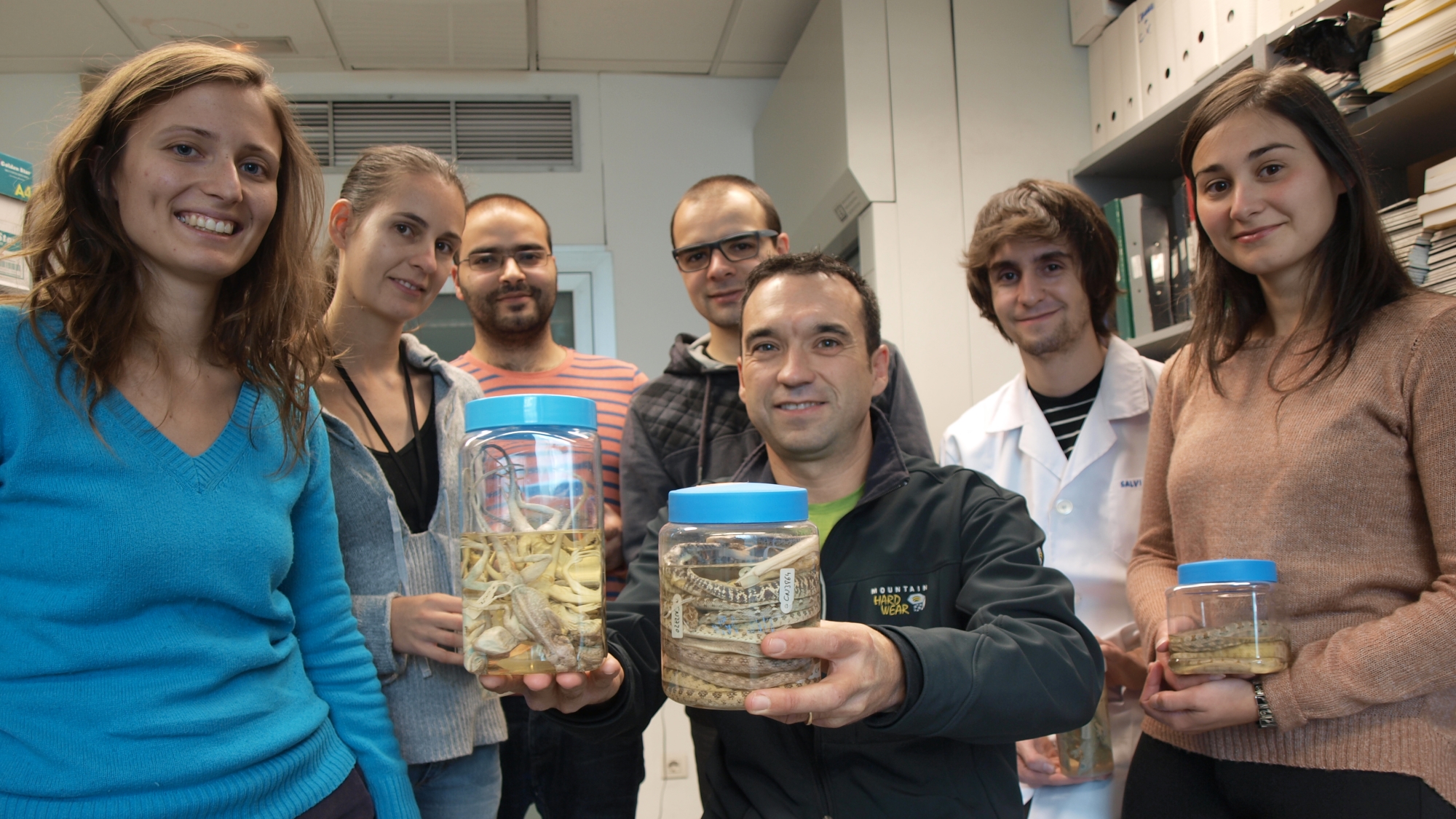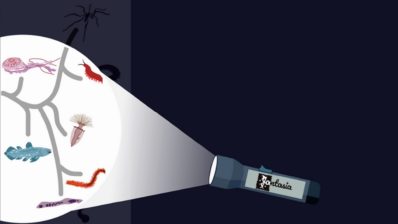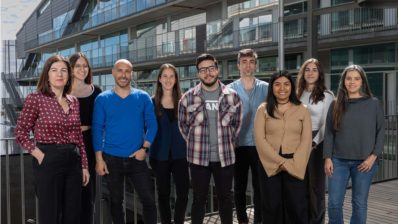Aged 14, Salvador Carranza was already going on expeditions to collect snakes and other creatures. Today the head of the Animal Phylogeny and Systematics group at the Institute for Evolutionary Biology (IBE: CSIC-UPF) has made his hobby his profession, and he collects reptiles in order to study the processes that generate and maintain animal diversity. The group is very dynamic, and always has foreign visitors; not in vain is it a European reference lab in the field of reptile phylogeny.
Islands and reptiles
“Being cold-blooded, reptiles are very sensitive to environmental factors, and due to their low mobility physical barriers affect them a lot”, says Carranza of his study subjects. This makes them good climate and biogeography indicators. The biologist has worked with the majority of reptiles: snakes, skinks, geckos and so on. “Geckos lay salt water-resistant calcareous eggs, so they have colonised the majority of the world’s islands”, explains the Barcelona-native. In fact, islands are the flip side of his model. “They are ideal for studying the generation of diversity, as they represent simplified and contained ecosystems”.
“(Islands) are ideal for studying the generation of diversity, as they represent simplified and contained ecosystems”
Salvador Carranza
His main project is on the island of Socotra, 100 km from Somalia. “The flora is spectacular: there are forests of dragon blood trees, and cucumber trees among other things. This means the animals that arrive there have to reinvent themselves. They adapt and new species appear: it’s evolution in action”.

He has also worked in Morocco, the Canary Islands, Cape Verde, Yemen and Saudi Arabia, as well as throughout Europe and Oman, where he has been working since 2004. When the group gets to a new site the first thing they do is find out which species are present, and where they are found. “It can take us two years to gather this information. We make reference collections of any new species – we have discovered 8 new geckos in Oman– and write morphological descriptions of them. Later we analyse their genetic markers to construct phylogenetic trees“, explains Carranza. It is at this point they can ask questions: how has natural selection taken place? Are morphological changes on islands faster than on the continent? Using algorithms that integrate all the genetic and geographical information, they also identify prospective areas of ecological priority in a country.

Pen and paper technology
The group usually goes on two expeditions a year; in spring and autumn. On each expedition they can gather up to 1000 samples, and they need collection and export permits. The cost of a month’s expedition to Oman, all inclusive, is around 1,500 € per person. “As it’s a Bedouin country, you can camp where you want, it’s traditional”, says the researcher.
Although they carry tablets with internet connection and cutting-edge technology, the researchers use pen and paper to record the data they collect. “In a place with so much sun, you can’t see the computer screens, and sand and wind can cause them to break down. The pencil, on the other hand, never fails. Not even pens, that can run out of ink: just pencils”, smiles the head of the group. Geographic information technology is, however, crucial both when preparing an expedition and during the trip. Trips from which the group has accumulated thousands of anecdotes, some funny and some dangerous, including poisonous snake bites.
“I’ve never worked in tropical areas, which are really interesting, because to get to the heart of the matter you need a rich system, but one that you are on top of. You have to be able to convert it into a model in order to move forward once you have defined the species. Oman is perfect because there are only 86 species of reptiles: Mexico has more than 700!”
Carranza thinks about the lab as empirical and a producer of new data. “Sequencing is less and less expensive, and databases can be analysed faster, but we will always need the initial samples, which is what we collect”, he concludes.







